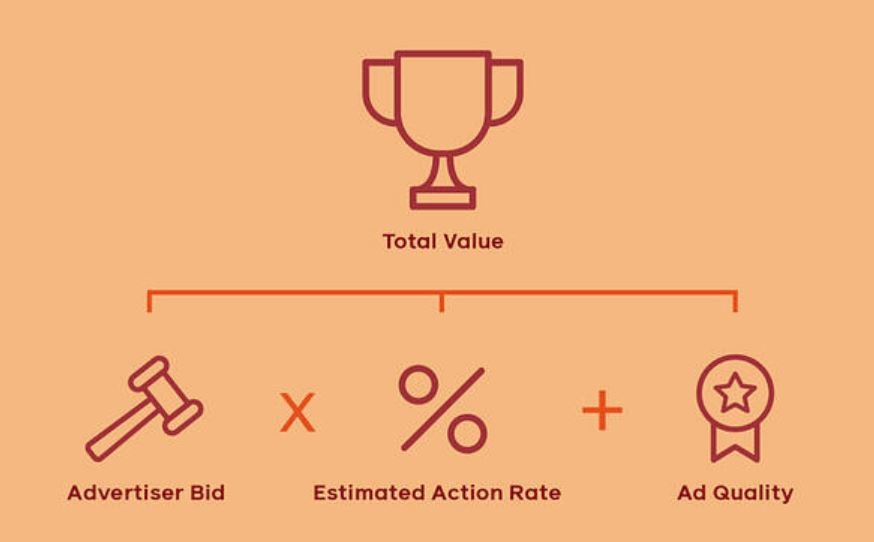Over the years, Facebook Ads has become an increasingly complex and comprehensive tool. Its ultimate goal is to show highly personalized ads that offer value to the user and arrive at just the right time. And to achieve this, it uses tools based on machine learning or machine learning. Do you know how Facebook ad delivery works? Let’s see it!
Table of Contents
How do Facebook Ads decide which ads to show?
The ads shown to a specific user depend mainly on two factors: the advertiser’s audience segmentation and the auction results.
First, the advertiser chooses the target audience through the self-service tools of Facebook Ads. Audiences are based on age and gender, as well as actions users take within Facebook applications, such as liking a page or clicking an ad. The advertiser can also use previously collected information about their audiences, such as a list of emails or people who have visited their page, to create similar or personalized audiences.
When it comes time to deliver the ads, Facebook collects a series of candidates whose audience includes the ad’s user. Next, auction your ads based on these two criteria:
- The value of the advertiser: it is obtained by multiplying the bid by the estimated share ratio. The estimated action ratio determines the probability that the user will take action desired by the advertiser, for example, clicking on the ad to visit a website.
- The overall quality of the ad.
This would be the summarized formula:

Total ad value = advertiser bid x estimated action ratio + ad quality
How does machine learning work on Facebook Ads?
Facebook Ads uses machine learning techniques to generate the estimated action rate and quality index of the ads.
To calculate the estimated action rate, machine learning models predict the probability that a specific user will take action desired by the advertiser based on the business objective selected for the ad (for example, sales or visits to the web). To do this, the algorithm takes into account user behavior on and off Facebook and other factors such as ad content, time of day, and their interactions with other ads.
To calculate the ad quality index, Facebook Ads machine learning models take into account the reactions of users who see or hide the ad and evaluate some characteristics that suggest that an ad is of low quality, for example, have too much text within the image, use sensational language or use deceptive resources to encourage the user to interact. As more users see and react to the ad, the algorithm’s predictions become more accurate.
[Also Read: 4 advantages of using Telegram as a teleworking tool]

